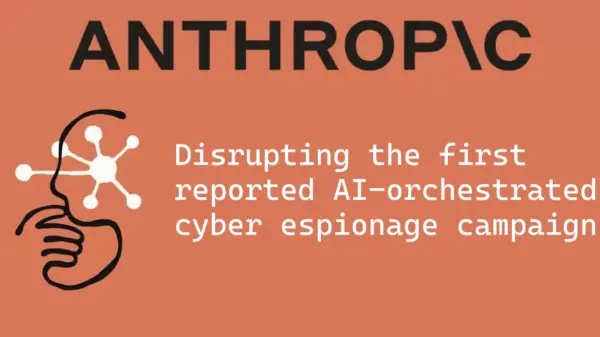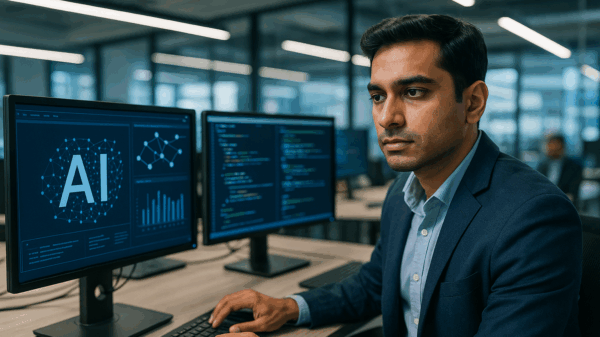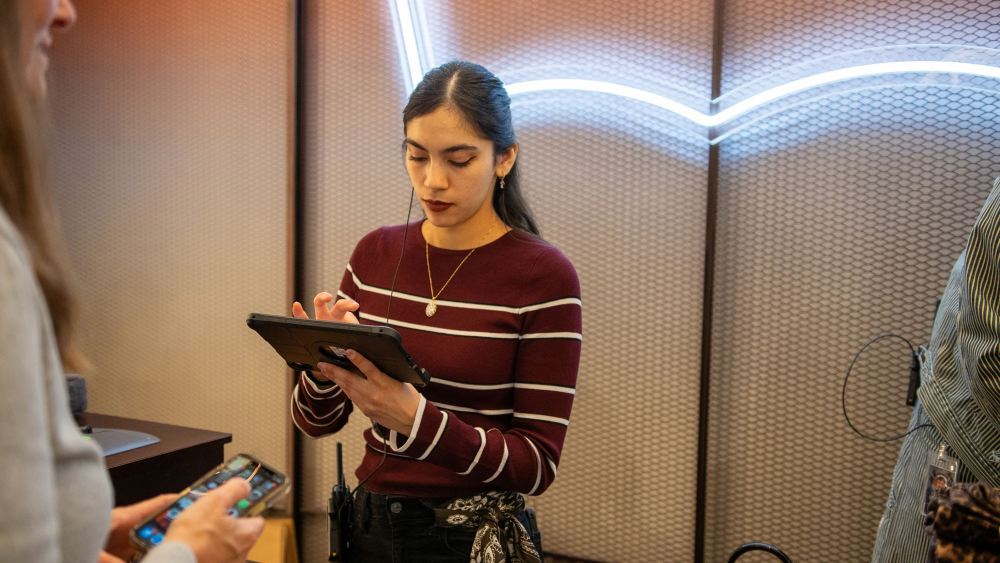Levi Strauss & Co., known for its iconic denim, has long had an interest in artificial intelligence (AI) and is now fully embracing the technology to modernize its operations. The company recently announced three significant AI initiatives aimed at enhancing both efficiency and customer experience.
The new projects include:
- An “integrated agentic AI orchestration platform,” developed in collaboration with Microsoft, which will feature a “super-agent” designed to simplify and automate various workflows within the company.
- Stitch, a mobile application that will provide store associates with instant, conversational access to product details, operational procedures, and training materials.
- Outfitting, a new feature on the Levi’s mobile app that will create a “Complete the Look” section for customers when they select a product.
These initiatives position Levi’s on the forefront of AI adoption, promising to significantly enhance the shopping experience while improving corporate efficiency. However, this shift also raises questions about the impact on the workplace.
According to Jason Gowans, the Chief Digital and Technology Officer at Levi’s, the company recognizes the imperative to keep pace with emerging technologies. “If you look at things like data center growth, graphics processing unit production, electricity consumption, and the expansion of GPT-based AI capabilities, all of that lives on an exponential curve,” Gowans explained in an interview with WWD. “Your average brand typically lives on this very slow growth, linear curve.”
See also Anton Korinek Advocates AI Integration in Economic Research for Shared Prosperity
Anton Korinek Advocates AI Integration in Economic Research for Shared ProsperityGowans emphasized the urgency of adapting to these technological advancements, noting, “For every day that you are not jumping onto that exponential curve, the gap is going to widen.” As society confronts the rapid evolution of AI, leaders like Gowans are keenly aware of the pressures felt by both executives and employees within organizations.
Despite the anxiety surrounding AI’s potential to disrupt traditional roles, Gowans envisions a future where technology serves to amplify human potential. “It really ultimately is about amplifying human potential,” he stated. “AI is just allowing us to do far more than we ever thought we could do by ourselves alone.”
In recent years, Levi’s has actively sought to enhance its workforce’s skills through initiatives like its in-house Machine Learning Bootcamp, which empowers employees with data science capabilities applicable across various business functions. The rollout of the Stitch platform is a direct result of this investment in employee training.
Michael Buchanan, a veteran of Levi’s with nearly two decades of experience, participated in the bootcamp and is now part of the data and analytics team. He helped develop Stitch during an “internal hackathon,” fueled by a desire to ensure that customer inquiries could be promptly addressed. “If we’re approached with a question, we never want to say, ‘I don’t know,’” Buchanan noted, emphasizing the importance of providing solutions to consumers while bolstering internal teams.
In partnership with Microsoft, Levi’s is leveraging the Azure cloud platform to construct its new super-agent. This framework will function as an “intelligent intermediary,” streamlining communication among sub-agents across various departments such as IT and human resources.
Gowans illustrated the transformation in Levi’s financial operations as an example of the changes underway. “We work in more than a hundred countries across more than 50,000 different points of distribution,” he explained. “Many of the orders we receive from wholesale partners around the world are manual.” By deploying AI, Levi’s aims to automate processes in accounts receivable and payable, resulting in quicker transactions and improved service to wholesale customers.
The analysis of over 1,100 standard operating procedures in financial operations revealed that 35% of the steps involved were merely data entry. AI has broken these processes down into 19,000 individual components, creating a roadmap for automation.
Despite the ambitious integration of AI, Gowans underscored the importance of maintaining human oversight in financial operations. “AI is obviously doing much of the heavy lifting; ultimately, it’s a human that’s signing off on these activities,” he remarked. This approach acknowledges the dual role of technology in enhancing efficiency while ensuring accountability.
Echoing this sentiment, Michelle Gass, President and Chief Executive Officer of Levi’s, stated, “AI represents a tremendous opportunity for us and is a key unlock as we rewire how we work—from our stores to our corporate offices.” As these tools are set to roll out in 2026, Gass believes they will enable faster access to vital information and insights, ultimately enhancing customer service across all channels.
As Levi Strauss & Co. embarks on this AI-driven journey, the intersection of technology and human potential will be crucial in defining the company’s future in the competitive retail landscape.





































































